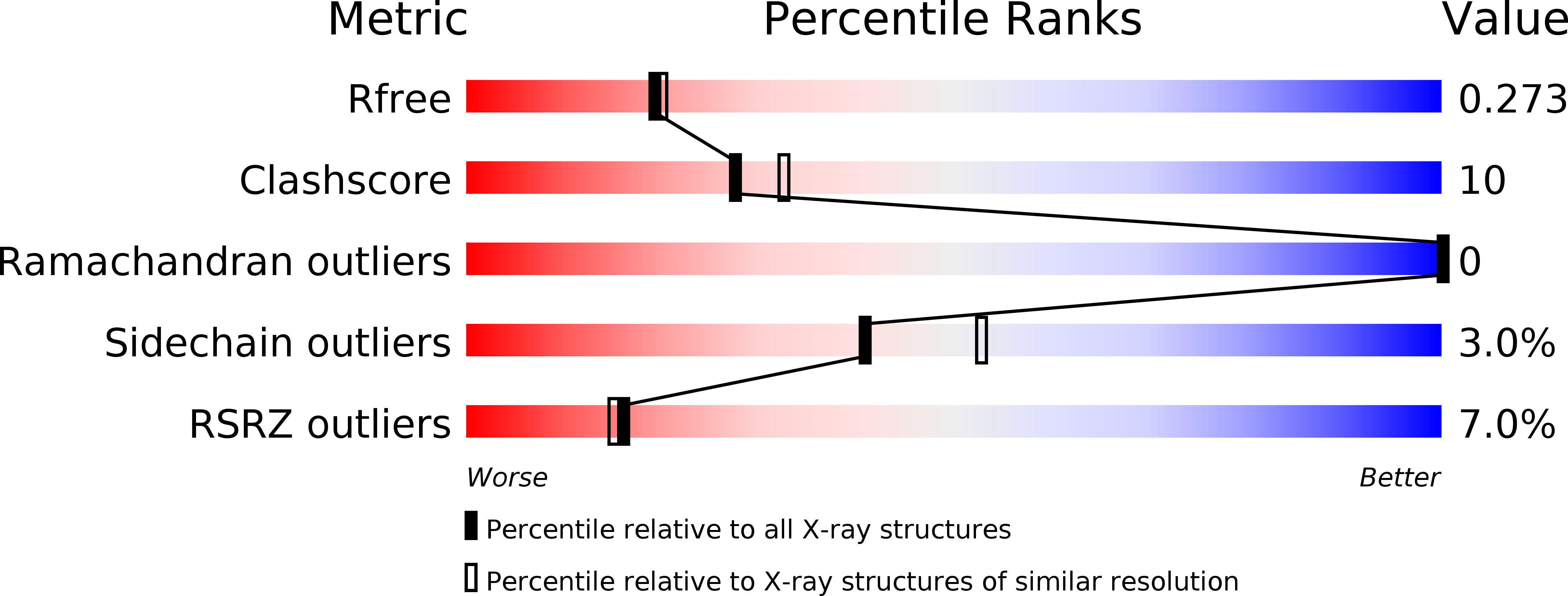
Deposition Date
2016-05-09
Release Date
2017-03-22
Last Version Date
2023-11-08
Entry Detail
Biological Source:
Source Organism:
Escherichia coli (Taxon ID: 83333)
Saccharomyces cerevisiae (Taxon ID: 307796)
Saccharomyces cerevisiae (Taxon ID: 307796)
Host Organism:
Method Details:
Experimental Method:
Resolution:
2.20 Å
R-Value Free:
0.27
R-Value Work:
0.22
R-Value Observed:
0.22
Space Group:
C 1 2 1


